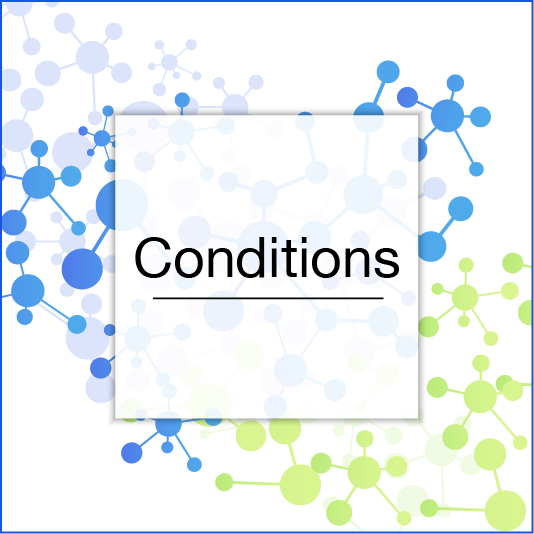
Pulmonary Embolism (Clot in Pulmonary Blood Vessels)
When clots build up in blood vessels of lungs, this condition is called pulmonary embolism. Lungs are where dark blood in the body is cleaned and oxygenated. As a result of vessels being clogged in this area, blood oxygen level drops, sudden onset of dyspnea occurs, and the patient may present with chest/back pain in addition to discharge of blood in phlegm. This condition frequently develops when a small clot building up in and breaking free from a vein of lower extremities clogs a blood vessel in the lungs. Therefore this issue may also be accompanied with swelling, rashes and pain in the legs.
While the disease might not trigger any complaint at all, it may also follow a course severe enough to result in death. Clots of very large scale, for instance, could potentially lead to not only pulmonary embolism but also cardiac failure. This is why suspicions should be taken note of to reach a diagnosis. Doppler ultrasound examination can reveal clots in the leg vessels and contrast lung tomography can be performed thereafter to detect clots in lungs and finalize the diagnosis. Anticoagulants are usually administered for treatment, which should be done immediately, given the possible risks. Severe cases of embolism, however, require thrombolytic therapies to prevent cardiac failure, yet it should be noted that thrombolytic therapies could induce hemorrhage in the brain or other parts of the body. If this category of medication needs to be administered, consent of patients and their relatives should be duly obtained after informing them about the risk of fatal hemorrhage and that pulmonary embolism itself already poses vital risk, making it essential to proceed with the aforesaid therapy. To counter this risk, the medical team following the patient should be prepared for blood transfusion. Once thrombolytic medication has been taken, therapy should be resumed with anticoagulants, which are to be taken for a long period of time in cases of pulmonary embolism. Anticoagulants may be administered intravenously, subcutaneously or orally. In addition to administering therapy, other reasons causing clotting need to be inquired and, if possible, corrected. Previous surgeries, prolonged bed care, long periods of travel, cancer, genetic factors and pregnancy are some of the reasons which might cause pulmonary embolism.